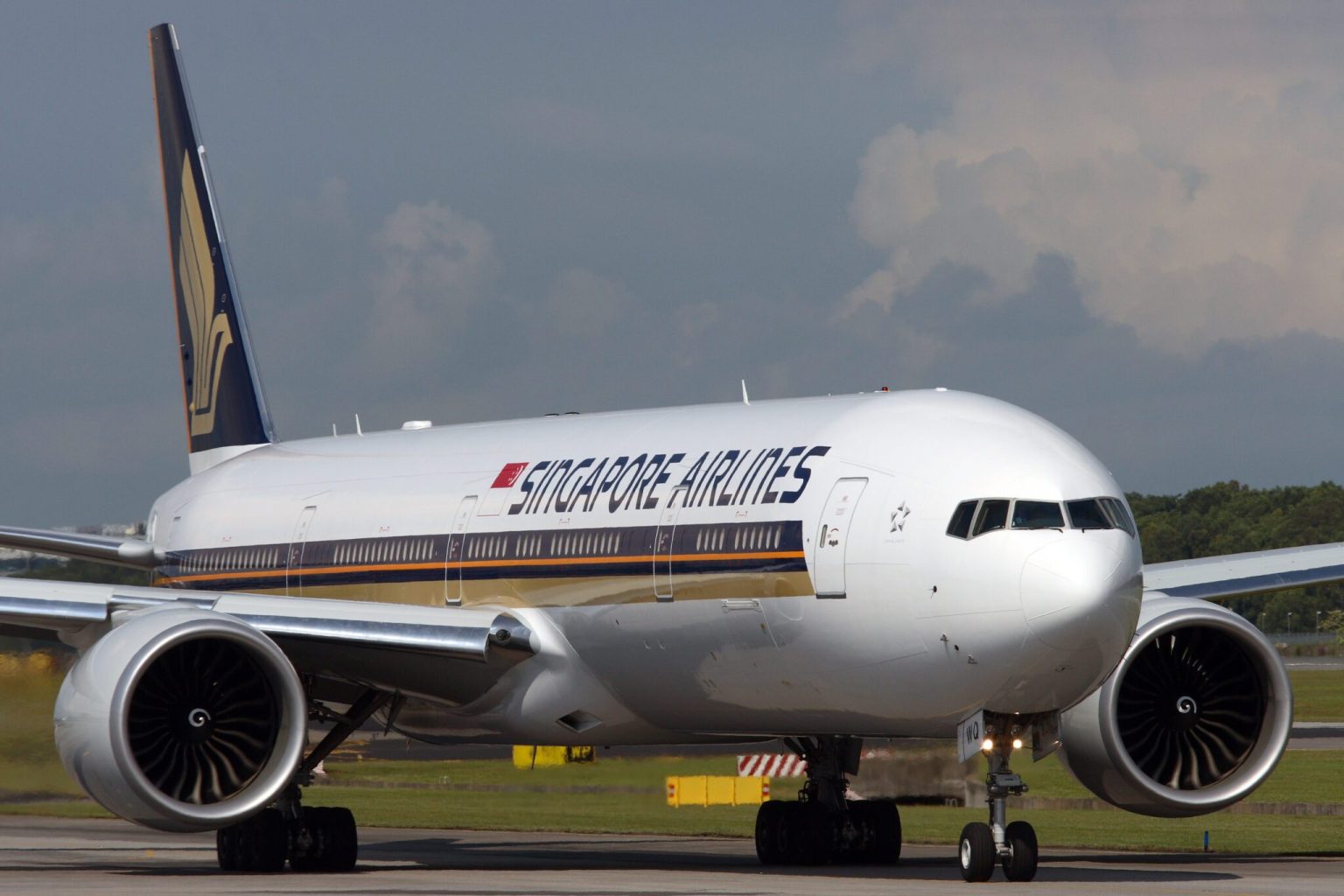The recent incident involving Singapore Airlines Flight SQ321 and the extreme turbulence it experienced over Myanmar resulted in one fatality and several injuries. Despite the tragedy, the airline has taken a proactive approach to media transparency by providing updates and information to the public. CEO Goh Choon Phong personally addressed the situation in a video message, emphasizing the airline’s support for passengers. The consistency and clarity of messaging, along with the use of social media, have helped the airline effectively communicate during this crisis.
In stark contrast to a previous tragedy in 2000 when a Singapore Airlines Boeing 747 crashed in Taipei, the airline’s response to the recent incident shows significant improvement in crisis communication. Social media has become a valuable tool for airlines to share critical information with the public, though it also poses risks of misinformation. The International Air Transport Association (IATA) recognizes the importance of effective crisis communications and advises airlines to engage proactively with the media and audiences on social platforms to maintain their reputation and business.
The airline’s award-winning reputation and commitment to exceptional service were put to the test during the recent incident, which involved passengers from 17 different countries. Despite the traumatic experience, Singapore Airlines has shown transparency and empathy in handling the aftermath. Through a combination of social media updates, official statements, and in-person support, the airline has demonstrated a commitment to supporting passengers and their families during this difficult time. By learning from past mistakes and embracing digital communication tools, the airline has shown resilience in the face of tragedy.
The airline’s response to the recent incident has been widely praised for its transparency and professionalism. By acknowledging the trauma experienced by passengers on Flight SQ321, CEO Goh Choon Phong displayed empathy and assurance to those affected. This approach has not only helped in disseminating accurate information but also in maintaining the airline’s brand reputation. The use of social media platforms and in-person support teams has further enhanced the airline’s communication strategy.
Despite the challenges posed by the incident, Singapore Airlines has managed to navigate the crisis with transparency and compassion. By leveraging digital communication tools and promptly updating the public through social media, the airline has demonstrated a commitment to transparency and support for passengers. The CEO’s direct involvement and clear messaging have contributed to the success of the crisis communication strategy. Moving forward, the airline can continue to learn and adapt its communication practices to effectively deal with future challenges and emergencies in the digital age.
The airline industry has evolved significantly in terms of crisis communication since the tragic incident in Taipei in 2000. The prevalence of social media has transformed the way airlines interact with the public during emergencies, providing opportunities for timely and transparent communication. Recognizing the importance of effective crisis communication, industry bodies like IATA have issued guidelines to help airlines navigate digital communication channels. By embracing these tools and strategies, airlines like Singapore Airlines can effectively manage crises and maintain their reputation in an increasingly interconnected world.


